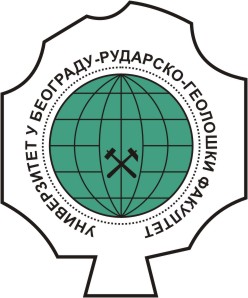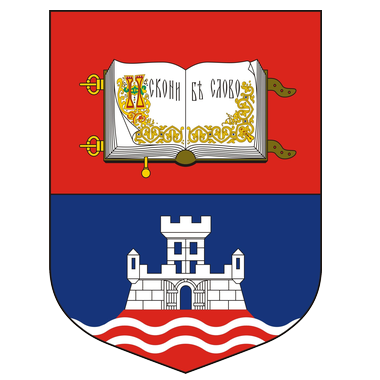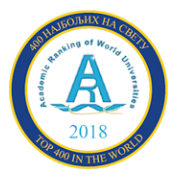Content:
Theory teaching
Definition and relationship to other geological disciplines. The history of development. The basic principles of stratigraphy: superposition, paleontological repercussions, spacious changeable, spatial and temporal migration of geological body. Methods of the stratigraphical investigation. The concept of time and the boundaries of the stratigraphy. Stratigraphic classification, terminology and nomenclature. Introduction to geological history. Cosmic stage in the development of the Earth. The main structural elements in the Earth’s crust. The geological history during the Archean and Proterozoic, physical and geographical characteristics and the development of organic community. Paleozoic periods: general characteristics, tectonics, magmatism, paleogeographic development of the area. A classic of development during the early and late Paleozoic. General characteristics of the Mesozoic, the development of the organic world, tectonic and paleogeographic features. Characteristics of Triassic, Jurassic and Cretaceous periods. General properties, tectonics and magmatism. Development of the Triassic, Jurassic and lower and upper Cretaceous in the Alps. Mesozoic-Cenozoic boundary. General characteristics of the Cenozoic era divisions. Paleogene: distribution Paleocene, Eocene, Oligocene. Stratotypes of the North sea and the Tethys. Neogene period. General characteristics and regional distribution of Miocene and Pliocene. Tethys and Paratethys. Quaternary: general characteristics, classification. Paleogeography: Europe during the Pleistocene and Holocene. Practical teaching
Practice accompanies lectures and carried out in the form of tasks that allow the student to self-employed master the intended program. In particular, attention is given to a shorter field trip, which enables students to learn about certain typical localities and their lithological and paleotological properties. |






